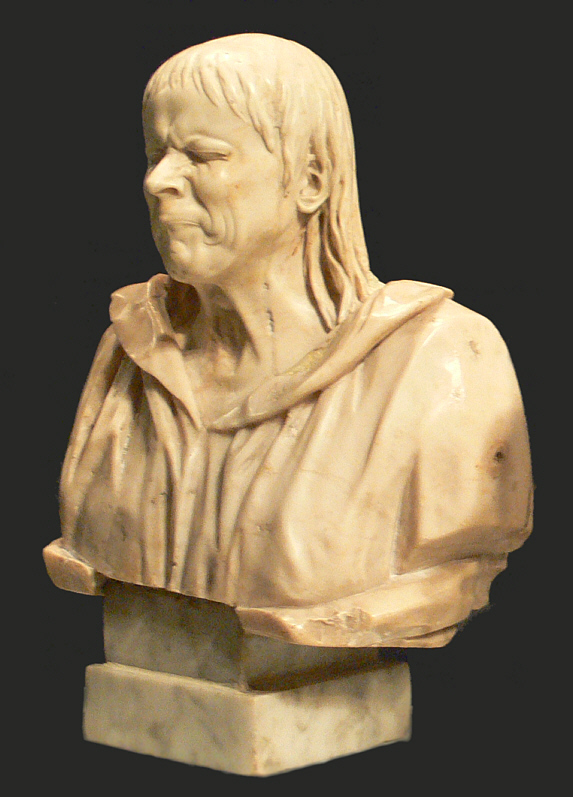“Sleeping and Dreaming”, at the Wellcome Collection, is not an exhibition to soothe the insomniac mind. This is a show that claims to explore sleep but is really more interested in morbid forms of sleeplessness, from disturbed dreams to sleepwalking to the sleep deprivation techniques used in torture and interrogation. Ranging freely across fine and applied art as well as film and photography, finding space for objects of commerce and advertising as well as records of scientific experiments, the show amounts to a labyrinthine journey through the shadow realms of night and nightmare.
The principles of the exhibition’s organisation are similarly anarchic to those that govern dreams themselves, a fact which contributes to the oneirically sinister mood of the installation. The show is laid out in a series of interconnecting spaces in the basement galleries of the Wellcome Institute, so that room follows room as erratically as the chambers of a troubled mind. A kind of taxonomy has been constructed to give the semblance of logic to the choice of exhibits – so that for example the opening section, entitled “Dead Tired”, is nominally devoted to insomnia and related themes. But the various other categories that have been thought up – “Traces of Sleep”, “Elusive Sleep”, “A World Without Sleep?” have a way of sneakily eliding into one another. The best response is to relax all conscious controls and approach the whole thing in the spirit of a curious sleepwalker.
Among the most striking early exhibits are a pair of busts by the eccentric German sculptor, Franz Xaver Messerschmidt, who carved his series of so-called “character heads” in the early 1770s. Each one is a self-portrait and shows the artist’s face contorted into a different expression – one, a girmace, the other, a mask of beatific calm. The titles of...


